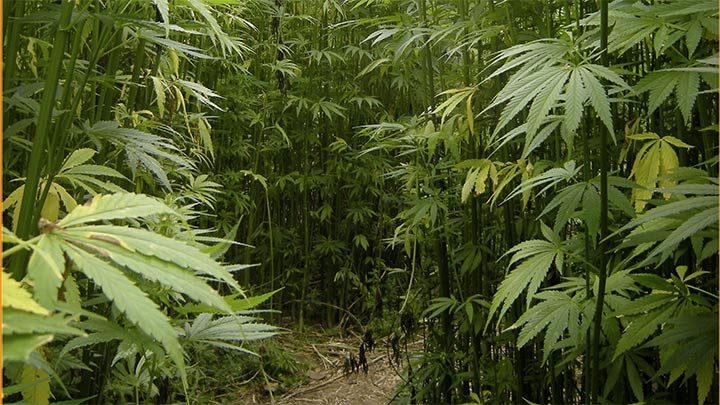
Growing an unique crop: Industrial Marijuana (hemp)
What happens when the largest employer in town is discovered to have killed 11,000 local residents and heavily contaminated a 12-mile radius of surrounding farmland?
That’s what happened in the city of Taranto from the fumes generated by their local steel production plant.
“The Ilva steel plant covers 15 million square meters—nearly three times the size of the city itself. It opened in 1965 and doubled in size by the 1970s. It once churned out almost one-third of Italy’s steel.”
Over the ensuing years, the surrounding farmland became contaminated with a variety of heavy metals—lead and nickel, and other toxic substances including dangerous levels of dioxin. In Taranto, Italy, which lies in the heel of the Italian peninsula— authorities finally moved in and seized control of the plant in 2012. Since then, 1000 enterprises were shut down and meat production has fallen 10%.
How to clean up the farmland
How do you clean up the land? The answer: grow industrial marijuana—hemp. It was known since the 1986 Chernobyl nuclear disaster in Ukraine that the hemp plant is able to absorb toxins in the soil and neutralize them. According to the article in Slate, Chernobyl, was the first time hemp was used for environmental restoration of the land.
While the steel plant still operates today, it’s operating well below capacity. Instead of chemical fumes encircling the land, there’s now the sweet smell of hemp in the air. And, the crops are safe for processing into fibers for apparel, though the seeds are not yet considered safe for consumption.
That may be as sweet as it gets for the people of this industrial town whose future had been hijacked for what others deemed (at the time) to be for the greater economic good.
Read the post on Slate: Hemp and Change
Photo courtesy of wikipedia
